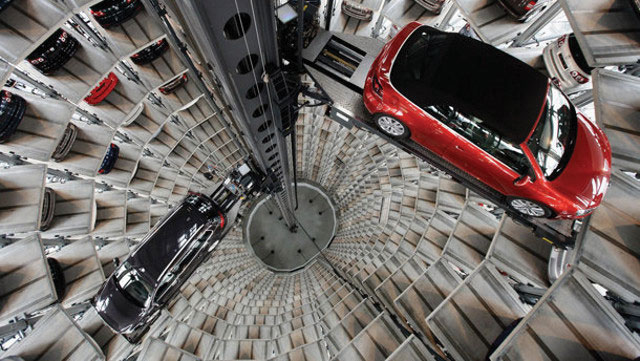Cambodia’s Mining Sector Sees Significant Revenue Growth in 2024
In a notable achievement for Cambodia, the Ministry of Mines and Energy reported nearly USD 100 million in non-tax revenue from the mining sector in 2024, reflecting an impressive increase of approximately 79% compared to the previous year. This growth highlights the country’s expanding mining activities, which now include numerous sites dedicated to both domestic […]
Cambodia and Australia Strengthen Ties with Investment and Trade Commitment
In a significant step towards enhancing bilateral relations, Cambodia and Australia have pledged to explore new strategies for expanding investment and trade cooperation. This commitment was solidified during a meeting held on May 19, 2025, between His Excellency Hun Manet, Prime Minister of Cambodia, and Ms. Frances Adamson, Premier of South Australia. The discussions highlighted […]
The Cambodian Government spent over USD 108 on the National Social Assistance Program by Apr 2025
In a significant step towards enhancing social welfare, the Cambodian government has spent over USD 108 million to support vulnerable populations across the nation. This was announced by H.E. Chea Somethy, the Minister of Social Affairs, Veterans, and Youth Rehabilitation, during a public forum held on May 19, 2025, at the National Assembly. As of […]
Kampong Speu Province Welcomes New Cement Giant: Factory Inaugurated with Investment Over USD250 Million
Kampong Speu Province is set to bolster its industrial landscape with the recent inauguration of a large-scale cement factory, officially opened on May 20, 2025, under the leadership of Prime Minister Hun Manet. The factory, located in Oral District, represents a significant investment of over USD 250 million by Conch KT Cement Company, marking […]
Innovative Collaboration Aims to Transform Rainwater into Drinking Water for Cambodian Hospitals
In a groundbreaking initiative, the Royal Academy of Cambodia, alongside Seoul National University from the Republic of Korea and the international organization Rain For All (RFA), is embarking on a pioneering project to recycle rainwater for drinking purposes at public hospitals across Cambodia. On May 16, 2025, a significant meeting took place, led by […]
US-Cambodia Trade Relations Take a Positive Turn
In a significant move to bolster economic ties, the US Congress has thrown its full support behind expanding trade and investment activities in Cambodia. This commitment was solidified during a meeting on May 16, 2025, between HE the Deputy Prime Minister and First Vice President of the Council for the Development of Cambodia and […]



 ខ្មែរ
ខ្មែរ







